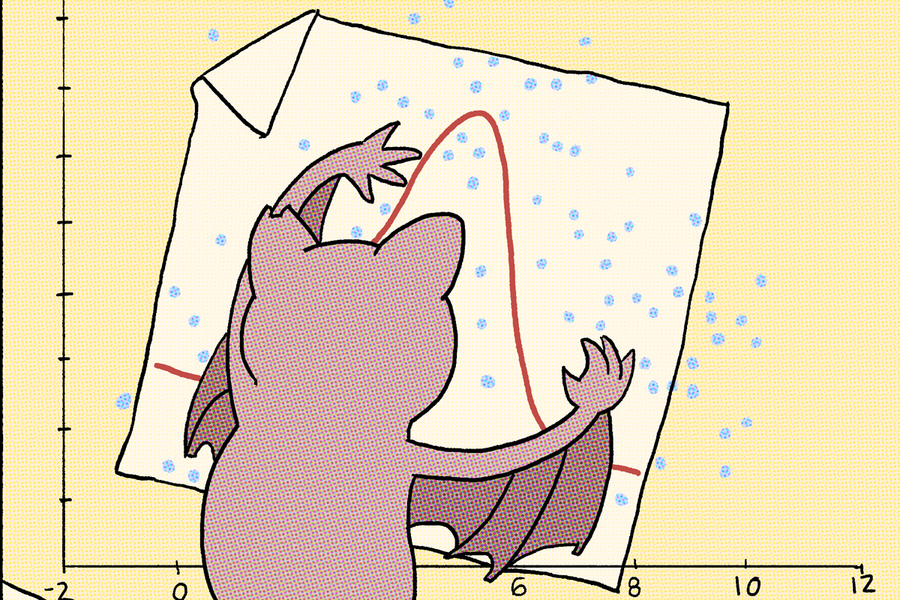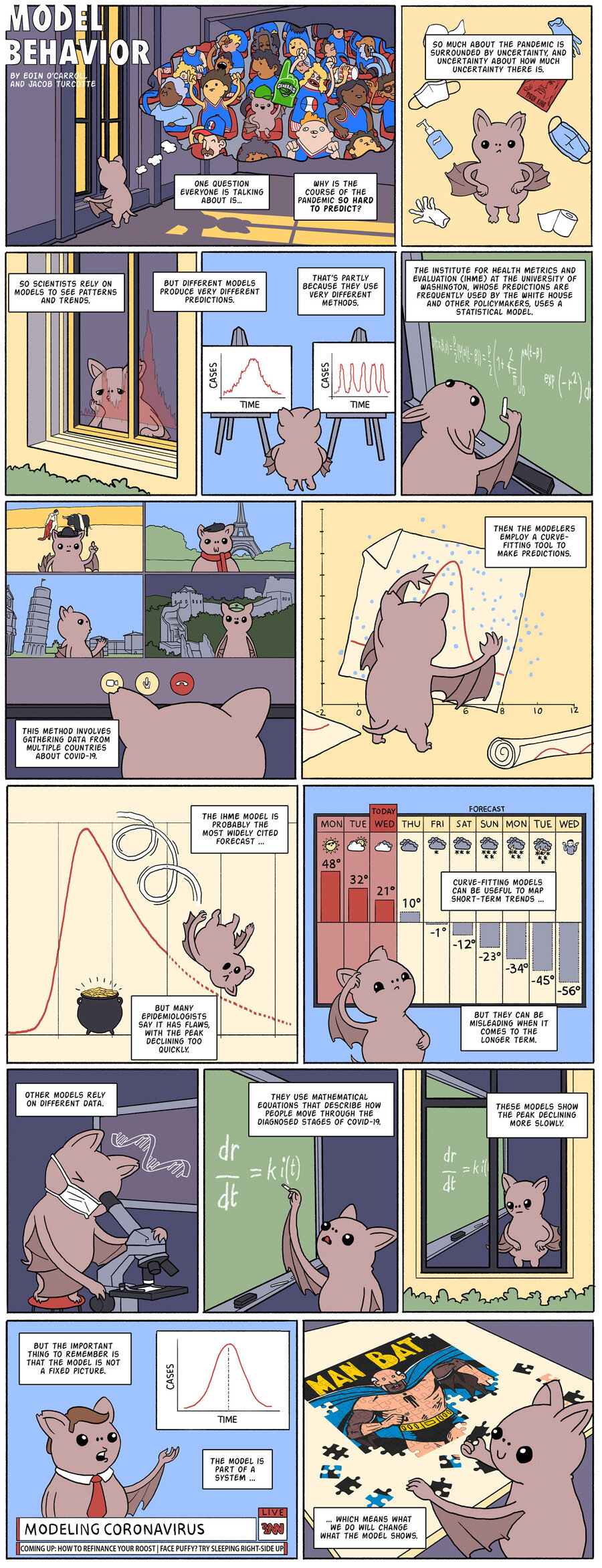Why coronavirus modeling is so hard to pin down
Loading...
Why is the course of the COVID-19 pandemic so hard to predict? Public health modeling is complex, and there are many ways to go about it.
The most well-known model is built by the University of Washington's Institute for Health Metrics and Evaluation (IHME). That model predicts that COVID-19 cases in the United States will steadily decline over the summer, approaching zero in August.
The IHME model uses a technique called “curve fitting” in which researchers try to find patterns from previous COVID-19 outbreaks in other countries and apply them to current ones. But many observers have called this model too optimistic.
Other models rely more heavily on epidemiological knowledge. They make predictions using mathematical equations that model how diseases are thought to spread through populations. These models predict that the peak will decline more slowly.
Part of the reason these kinds of predictions are so hard is that the model changes according to how we react to it. If a dire outlook prompts us to take stricter measures, then it might, in virtue of its own predictions, become less accurate. That’s because you are part of the system.
Editor’s note: As a public service, all our coronavirus coverage is free. No paywall.






